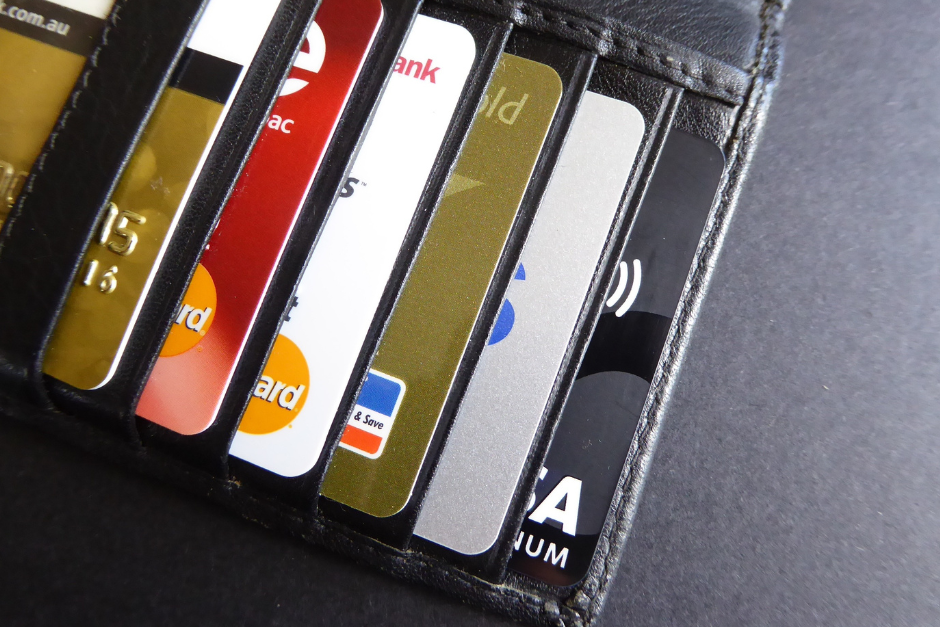
A budget is an essential tool that helps you keep track of your expenses, pay off debts and make sure you have money set aside for a rainy day. If you're looking for ways to better manage your finances, you can try the simple 50/30/20 rule, which breaks down your after-tax monthly income into the following budget categories:
- 50% for needs and bills
- 30% for wants
- 20% for savings or debt.
Why Is Budgeting Important?
First off, it helps to understand some of the main benefits of budgeting.
Budgets Positively Impact Financial Health. The best indicator of your financial health is your credit scores, which are based on your ability to manage and repay debt. When you have a budget in place, it’s easier to pay your bills on time and not rely on credit to make ends meet. This helps you keep your payment history intact and your credit utilization low, both of which are major factors that determine your credit scores. With a good credit score, you can get approved for things such as home loans, car loans and apartment leases at lower interest rates that will save you money in the long-run.
They Help You Prepare for the Future. Budgeting also helps you keep track of your cash flow so you can set money aside for your future self. Whether you want a healthy emergency fund, want to save up for a big purchase or you want to invest, budgeting can help you shape your spending habits so you can meet your goals faster.
Enjoy Peace of Mind. Most importantly, having a budget can give you peace of mind knowing you’re prepared.
How to Set Your Budget Categories
Okay, now that we know how a budget can help make your life easier, let’s go over some simple steps you can take to create a budget today:
Understand Your Income and Spending Habits
Start by calculating your income. After taxes, how much money are you bringing in each month?
To find this number, look at your most recent pay stubs or direct-deposit history. There are also online calculators that can help you figure out your after-tax income. Once you know how much you’re making, review your spending habits. Look at your bank statement for the last few months and take note of where your money is going.
How much do you spend on your rent or mortgage payment? What about utility bills? How many Target and Starbucks runs do you make each month? If your goal is to save more, is there anything you notice you can cut back on?
50/30/20 Rule
After you’ve looked at how you’re spending your money, try using the 50/30/20 rule as a guideline to set your budget categories. The 50/30/20 rule budget is a simple and flexible way to budget without the need of having to stress about detailed budget categories. Instead, you allocate 50% of your after-tax income to needs, 30% to wants, and 20% to savings and/or debt repayment. Simple enough right?
Needs
The “needs” category includes all the things that you need to stay alive. Here are some expenses that might fall under this category:
- Rent payments
- Mortgage payments
- Utility bills
- Transportation (car payments, gas, etc.)
- Healthcare costs (health insurance, prescriptions, etc.)
- Groceries
- Toiletries and personal hygiene products
This category should also include minimum payments on credit card bills, student loans and other debts. If you’re not consistently making at least the minimum payment for each of these debts, your credit score can take a hit. You may also have a harder time getting out of debt, which makes it harder for you to save for the future.
Wants
Your “wants” include things that are not necessities but that enhance your life. For example, eating out goes in the “wants” category. The same goes for the cost of cable TV, vacations, a gym membership, magazine subscriptions and other entertainment expenses.
It’s not always easy to determine what’s a want and what’s a need. Just make sure to be brutally honest with yourself, and practice the art of delayed gratification if you’re on a tight budget, you’re looking to save, invest or pay off debt. Remember, if you could live without it, it’s a want, and it shouldn’t take up more than 30 percent of your total budget.
Savings/Debt Repayment
Use the remaining 20 percent of your income to make extra credit card or student loan payments (beyond the minimum amount you’re already paying). This can help you to get out of debt and reach your credit goals faster.
If you don’t have any debts, you can also put the leftover 20 percent straight into your savings account. When you do this, you can work toward other financial goals. This includes things like buying a house, saving for your kids’ college education or creating a rainy day fund.
Using Budget and Credit Monitoring Tools to Track Your Progress
The great thing about creating a budget nowadays is the plethora of digital tools you can use to meet your goals. Budgeting apps, for example, can help centralize all your financial information, monitor your cash flow and make sure you’re not overspending in one budget category.
Don’t forget to monitor your credit score, too. Credit monitoring services help you track your credit score and make progress. By keeping a healthy credit score, you can avoid financial obstacles in the future, such as getting turned down for loans or getting hit with higher interest rates.
At first, the idea of setting up your budget categories can feel overwhelming. As you can see though, the 50/30/20 rule is a simple and flexible guide anyone can use and adapt to his or her own lifestyle. Give these tips a try and you can be well on your way to meeting your money goals.






